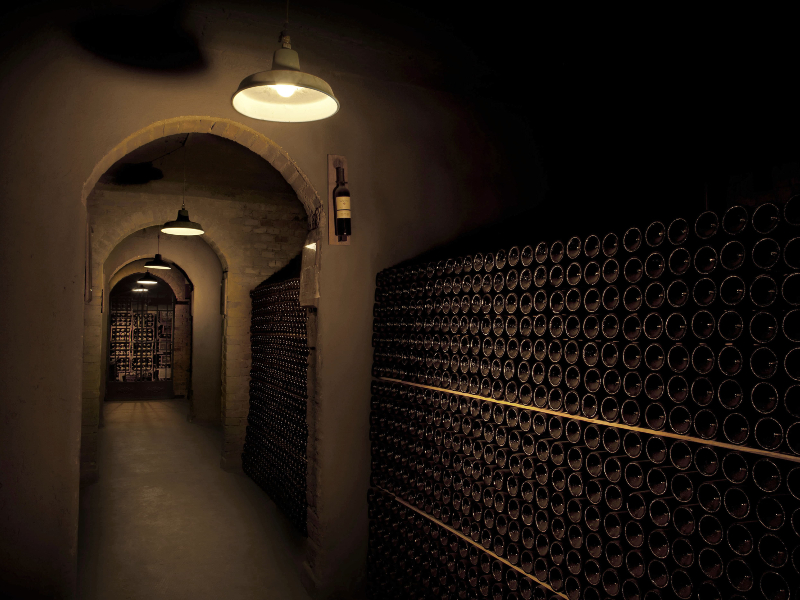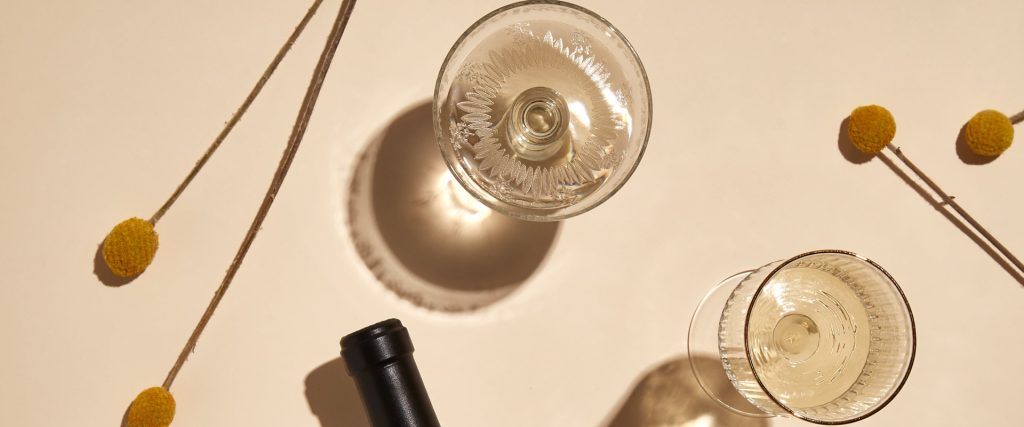5 myths about white wines. Consumption of white wines has increased across the world, a fact that we can confirm here. However, there are still a few lingering myths about the category. Do white wines stay the same over time or do they change? Is it true that they’re more liable to cause a headache than other wines? What foods can you pair with them, in addition to fish? We asked a series of Argentine experts to teach us more about the boom and debunk – or confirm – these 5 myths about white wines.
Truths and myths about white wines

Do white wines evolve over time?
- “Absolutely. Some even more so than whites. Acidity (pH) is key to making long-lasting whites.” Matias Michelini, Oenologist at Passionate Wines.
- “White wines do evolve over time and some do so very well, for instance Semillón and Chardonnay, among others, especially if they’re made with an eye on their future development.” Marcelo Miras, Oenologist at Bodega Miras.
- “Yes, a lot of white wines undoubtedly have notable cellar potential whereby they develop more complex aromas and flavors over time. An eloquent example of this phenomenon is a Norton Semillón from 1959 that, after aging for 64 years, earned a 100 point score from James Suckling”. Francisco San Miguel, Category Manager at Norton.
Are there premium white wines?
- “Yes, a lot and very good ones. And there are a lot of different styles: from fresh and light to unctuous, fuller-bodied examples.” Juliana Del Aguila Eurnekian, President at Bodega Del Fin Del Mundo
- “High end wines are made from the vineyard onward, they can be varietals or blends and oak-aged or unaged.” Miras.
- “There are a lot of them! Apart from the complexity, I think you can define them as white wines with excellent cellar potential thanks to their notable acidity.” Michelini.
There are more truths and myths about white wines
Can whites give you a headache?
- “All wines can give you a headache, not just whites, and they’re mainly caused by people’s sensitivity to components such as sulfites or alcohol, among others. Today, with new technology and considered wine-making, we can make whites that don’t have that kind of effect.” Miras.
- “No, it’s drinking too much that causes headaches.” Pablo Sánchez, oenological director at Falasco Wines.
- “Headaches are closely related to sulfites and, today, with new viticultural and ecological practices but most of all earlier harvesting times resulting in lower pHs, we don’t need the quantity of sulfites we once did and that means no headaches.” Michelini.

Do white wines only go with fish or light dishes?
- “White wines can be paired with a wide range of foods, including heavier dishes such as white meats, cheeses and cream sauces.” Juan de Dios Giacalone, Commercial Director at Bodega Xumek.
- “Generally they make for better pairings, but there are a lot of factors that affect such choices, especially the culture. Some whites even pair very well with red meats, it depends on their make-up, especially acidity and texture that help to cleanse the mouth of fat.” Michelini.
- “We need to change that paradigm, a white wine (for instance our Terrazas de los Andes Grand Chardonnay) that is fermented and aged in oak barrels will go nicely with dishes with more fat.” Lucas Löwi, Estate Director at Terrazas de los Andes.
Are white wines drunk more in summer?
- “I think that whites are for all year round, you have to know which to choose for each occasion.” Eurnekian.
- “Due to the temperatures and local habits, peak white consumption occurs in warmer periods of the year when refreshing and lighter styles are prioritized. But the diversity now available on the market makes it possible to find and enjoy the right white whatever the time of year.” Lucía Ordoñez, Commercial Director at Bodega Piedra Negra.
- “Consumption is affected by the seasons, but today we drink it all year round, the way we do with rosés and sparkling wines.” Miras.



